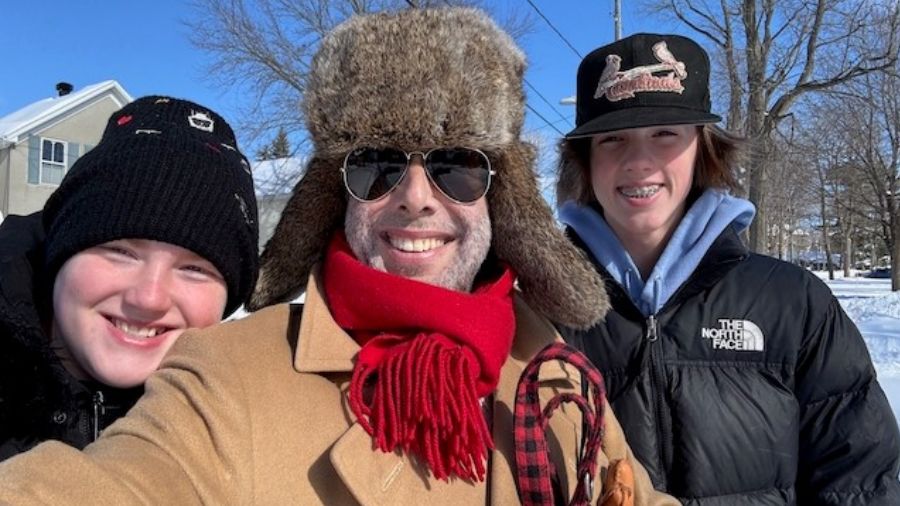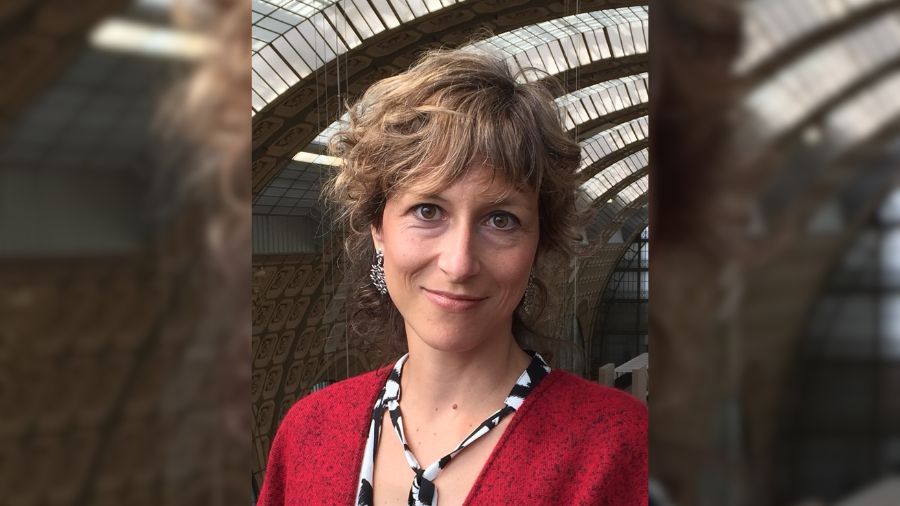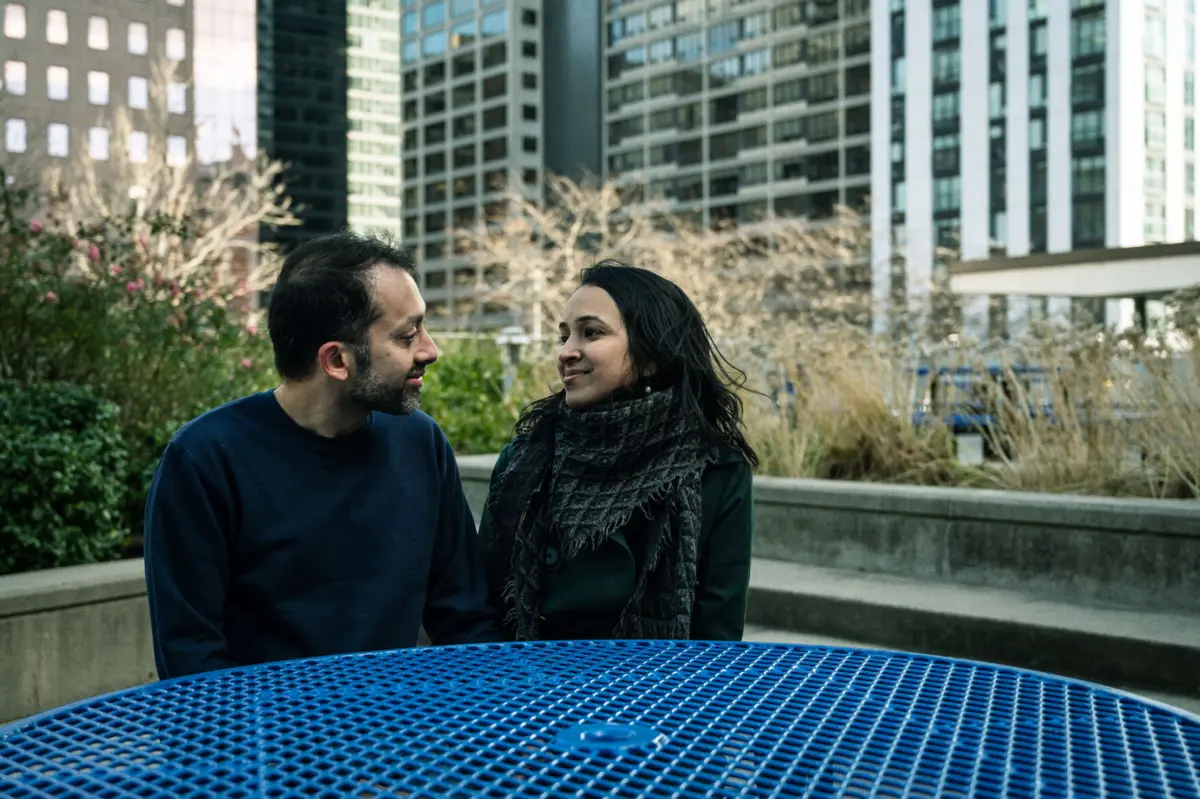Alley Adams received her simultaneous pancreas and kidney transplant in May 2021, eliminating her need for both insulin and dialysis. (Photo: Tim Fraser)
Alley Adams is no stranger to medical challenges.
The 35-year-old communications professional with McKinsey and Company was diagnosed with Type 1 diabetes when she was just five, and has grappled with regulating her blood sugar levels, taking insulin and managing an all-consuming chronic disease throughout her life.
In November 2018, though, she felt something new – and alarming. She was FaceTiming with a friend and was having trouble following the conversation.
“I knew something was wrong,” she says.
Alley called 911 and was rushed to hospital, where she learned she was on the brink of a heart attack. Clinicians took a biopsy of her kidney, and she soon found she was in end-stage kidney failure and was diagnosed with diabetic kidney disease.
It turned out her lifelong diabetes had caused serious damage to her kidneys. Though she displayed few symptoms of kidney failure, which is fairly common, the biopsy showed she needed a transplant.
Initially, she wanted to find a living kidney donor, but her physicians said her best option was a simultaneous kidney and pancreas transplant because, as a diabetic, she ran the risk of needing another kidney transplant in the future.
“The survival benefit is much greater for those who get both kidney and pancreas transplants,” says Dr. Trevor Reichman, Surgical Director of the Pancreas and Islet Transplant Program at UHN’s Ajmera Transplant Centre, and Alley’s surgeon.
“The pancreas is protective against diabetic kidney failure, so the benefit of the dual transplant outweighs the risk.”
While waiting for her transplant, Alley received exceptional and comprehensive diabetic kidney care from Dr. David Cherney, through UHN’s Cardio and Renal Endocrine (CaRE) Clinic, allowing her to carry on with day-to-day life. Alley admits she was overwhelmed and scared to get two transplants at once, known as a multi-organ transplant, but after talking to her physicians, it became clear it was the way to go.
“It becomes less about how you feel and more about statistically what leads to better outcomes,” she says.
What Alley didn’t realize at the time was that there may be no place more qualified to help patients with diabetes than the Ajmera Transplant Centre and UHN as a whole. It was at the University of Toronto where, one century ago, in the summer of 1921, Drs. Frederick Banting and Charles Best discovered insulin.
In January 1922, the drug was administered at Toronto General Hospital for the first time, saving the life of 13-year-old Leonard Thompson. Ever since, diabetes has been a key research subject at UHN.
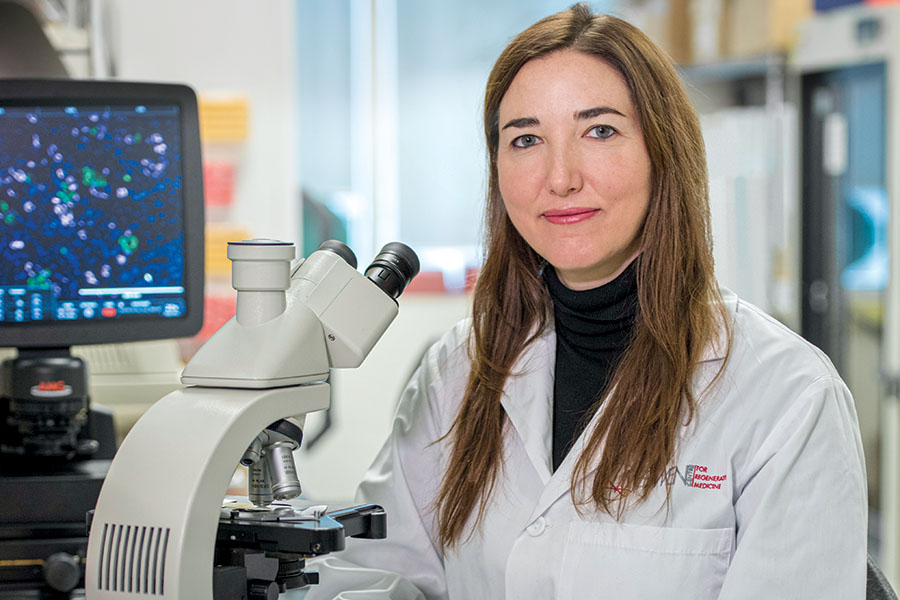
Creating insulin independence
One area of study focuses on replacing organs and islet cells – clusters of cells in the pancreas that make insulin – to potentially eradicate diabetes in those who have it.
“We know that islet transplantation works as a means for eliminating the need for insulin injections,” says Dr. Cristina Nostro, affiliate scientist at the Ajmera Transplant Centre and the Harry Rosen Chair in Diabetes and Regenerative Medicine Research at the McEwen Stem Cell Institute at UHN.
When it comes to organ transplants, Ajmera Transplant Centre clinicians have found that simultaneously replacing the kidney and pancreas is the most effective treatment for patients with Type 1 diabetics and end-stage kidney disease. These surgeries dramatically improve quality of life because a new pancreas provides regulated insulin production to treat diabetes, while a new kidney eliminates the need for dialysis.
Islet transplantation is a particularly interesting area of research at the Ajmera Transplant Centre and its Pancreas and Islet Transplant Program.
Those with Type 1 diabetes lose the islets that produce insulin, which are the beta cells. With islet transplantation, islets are taken from the pancreas of a deceased organ donor, purified, processed and injected into a vein within the liver of the patient with diabetes. Within two weeks to six weeks of implantation, the beta cells in these islets begin to make and release insulin.
In some cases, islet transplants can result in insulin independence, but it’s more often used to prevent hypoglycemic unawareness, a life-threatening condition in which diabetic patients do not experience symptoms of low blood sugar (hypoglycemia) such as palpitations, sweating or anxiety, says Dr. Reichman, who’s also part of UHN’s Sprott Department of Surgery.
Islet recovery from a donor pancreas is not perfect, explains Dr. Nostro. It’s an hours-long process, while few islet cells survive the isolation and transplantation procedure. Successful transplantations require islets from two or three donors, and there aren’t enough donors to go around.
To eliminate the issue of donor scarcity, Dr. Nostro is doing groundbreaking work with what are called surrogate islet cells. Instead of relying on donors, Dr. Nostro is producing islet cells from stem cells that have the potential to generate any cell of the body.
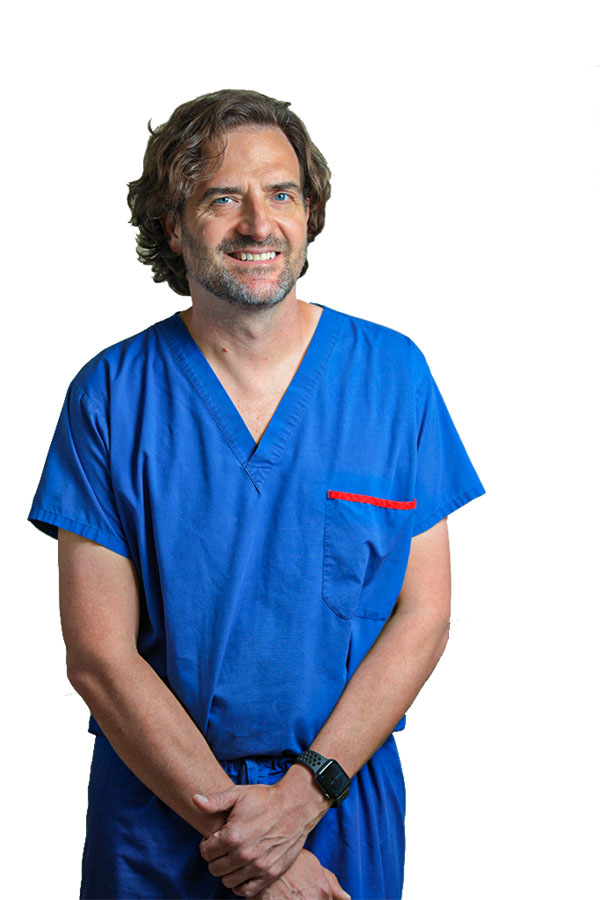
More innovations ahead
Dr. Nostro is now tackling the issue of cell survival post-transplant.
“We’re working on how to mask the cells from the immune system so that we don’t need immunosuppressants,” she says.
“This is where the future lies.”
Regenerative medicine holds immense promise, she says, not just for treating diabetes but other diseases, too.
“It would be ideal to make people insulin independent in a less invasive way than an organ transplant, through cellular therapy,” adds Dr. Reichman.
To this end, his team has also started developing an innovative model for ex vivo pancreas transplants, where a pancreas would be kept alive outside the body before being transplanted. This would give clinicians the chance to repair or modify a damaged pancreas, increasing the number and quality of pancreases available for transplantation.
For Alley Adams, her road to insulin independence was long but, thankfully, successful. When she got her first call to come in for surgery in November 2020, the donor organs were not deemed viable – this happened twice more.
Fortunately, the fourth time was a charm. In May 2021, she underwent surgery for her simultaneous kidney and pancreas transplant.
“I was diagnosed with diabetes on my mom’s birthday,” Alley recounts. “I got my transplant on the same day, 30 years later.
“Transplant of any kind is a gift, but this was particularly serendipitous.”
The transplant not only saved Alley’s life but also gave her a newfound freedom from dialysis or insulin injections.
“It’s amazing to see the impact that transplant has for a person like Alley on their quality of life,” says Dr. Reichman.
Alley, who is now a member of the UHN Impact Collective, a group of young leaders who help raise awareness and funds for important medical initiatives at UHN, says she “feels amazing.”
“The transplants have been life-changing to a degree that is hard to articulate and almost impossible to quantify,” she says. “All of a sudden, I have a sense of normalcy that I have never in my life known.
“The freedom that comes with a second chance and being free of two chronic diseases is nothing short of a miracle. None of this would be possible without my organ donor and the team at UHN.
“I’m exceptionally grateful.”
Read more in the Ajmera Transplant Centre magazine.

